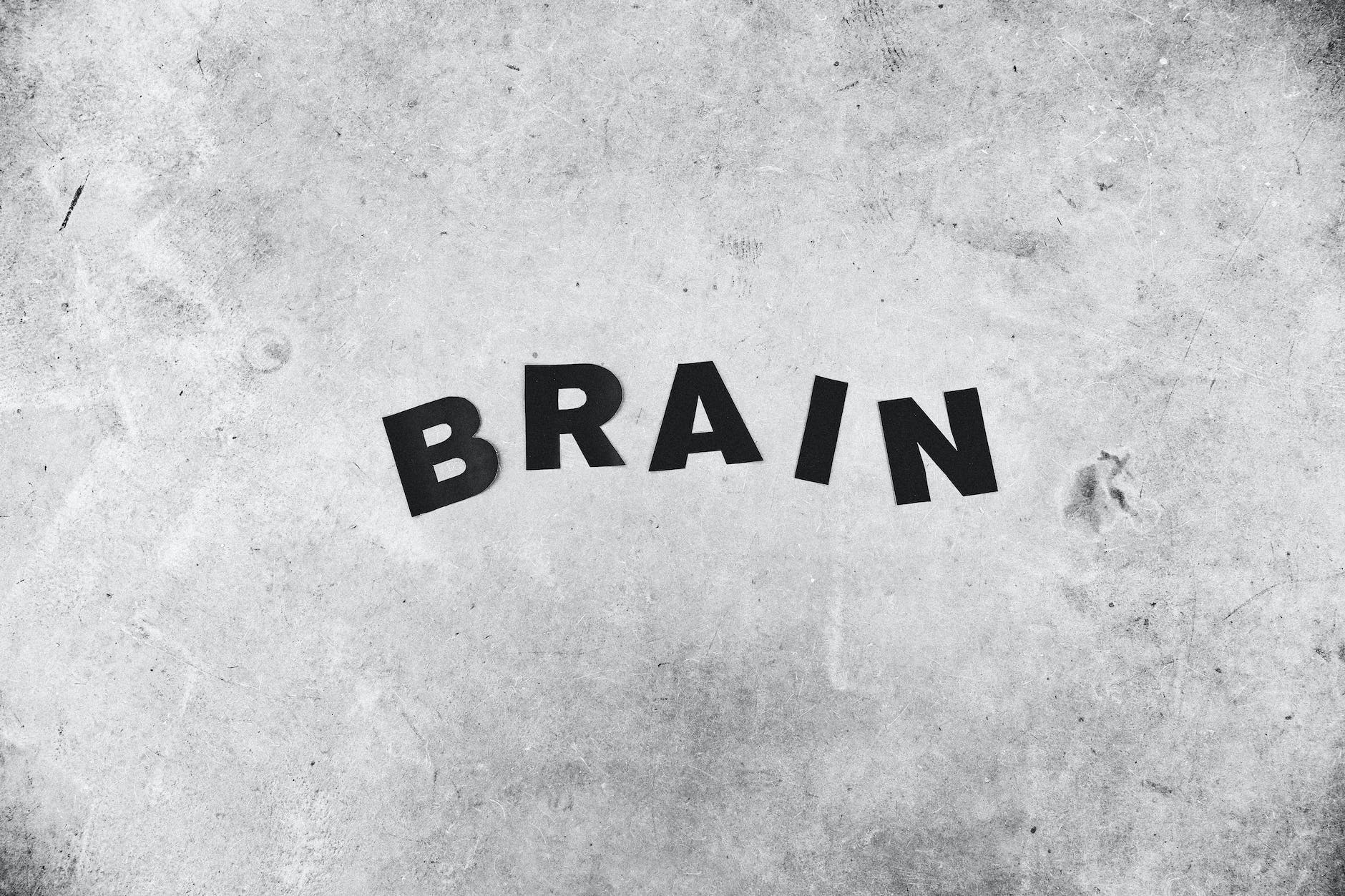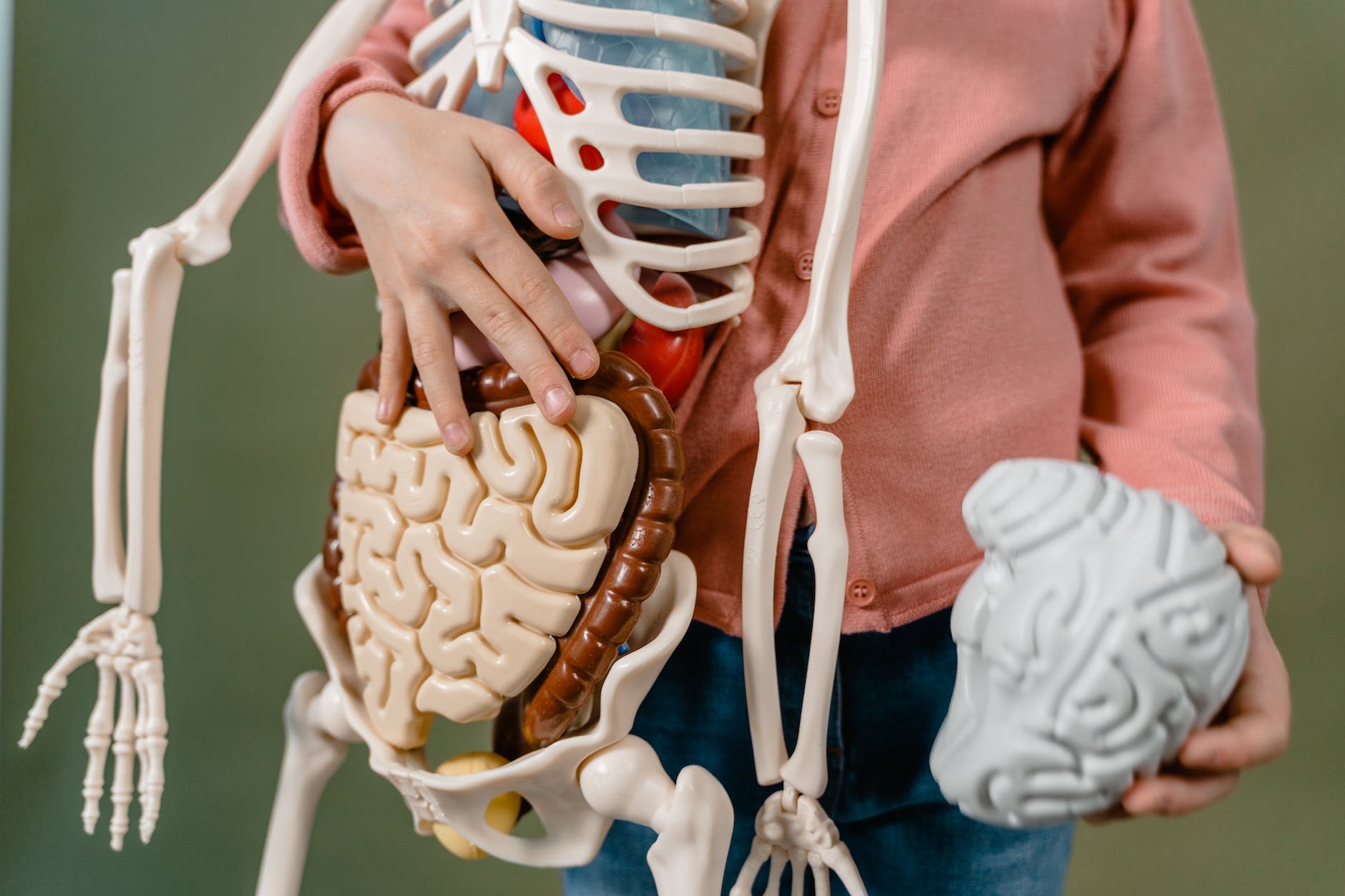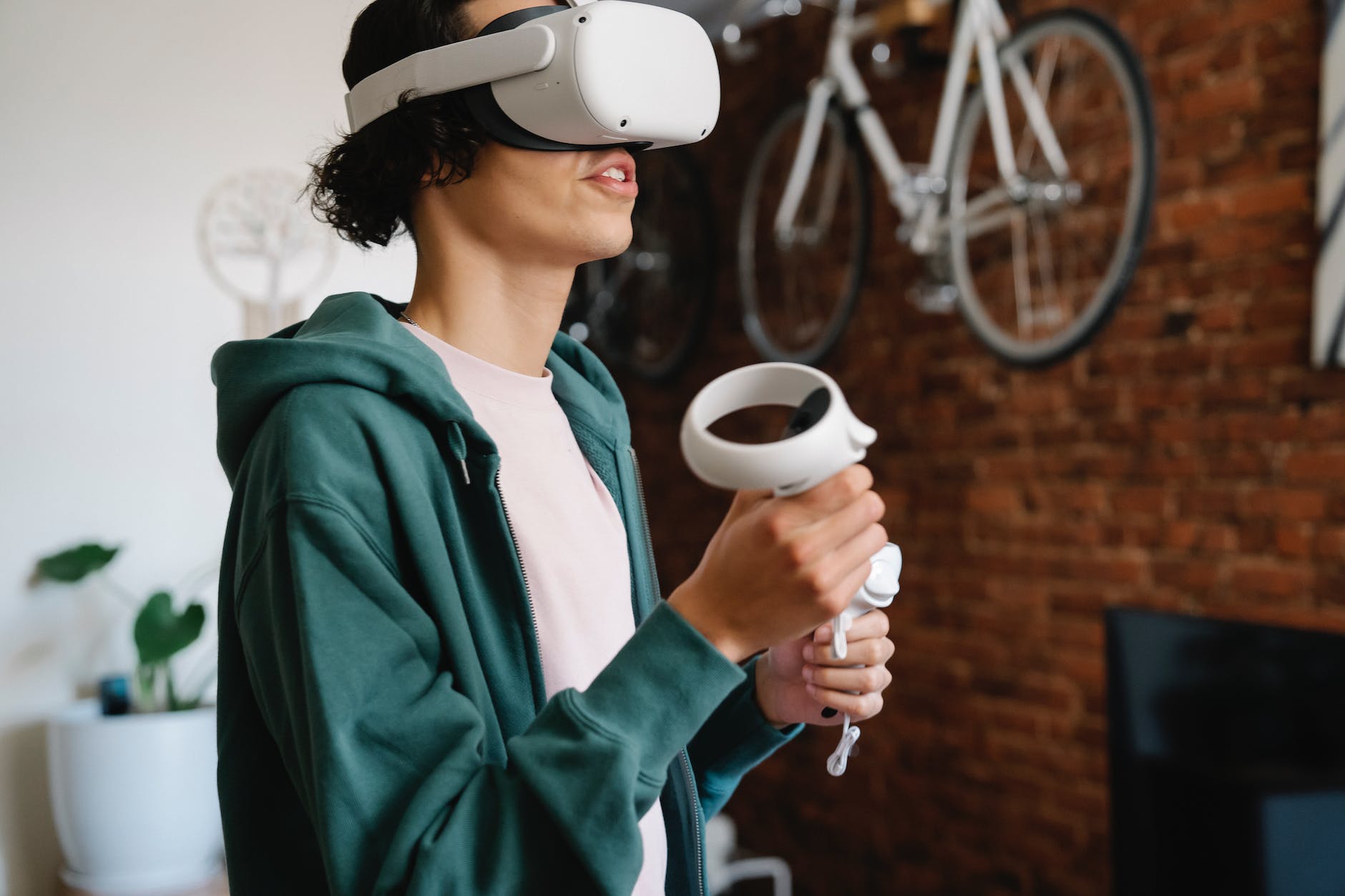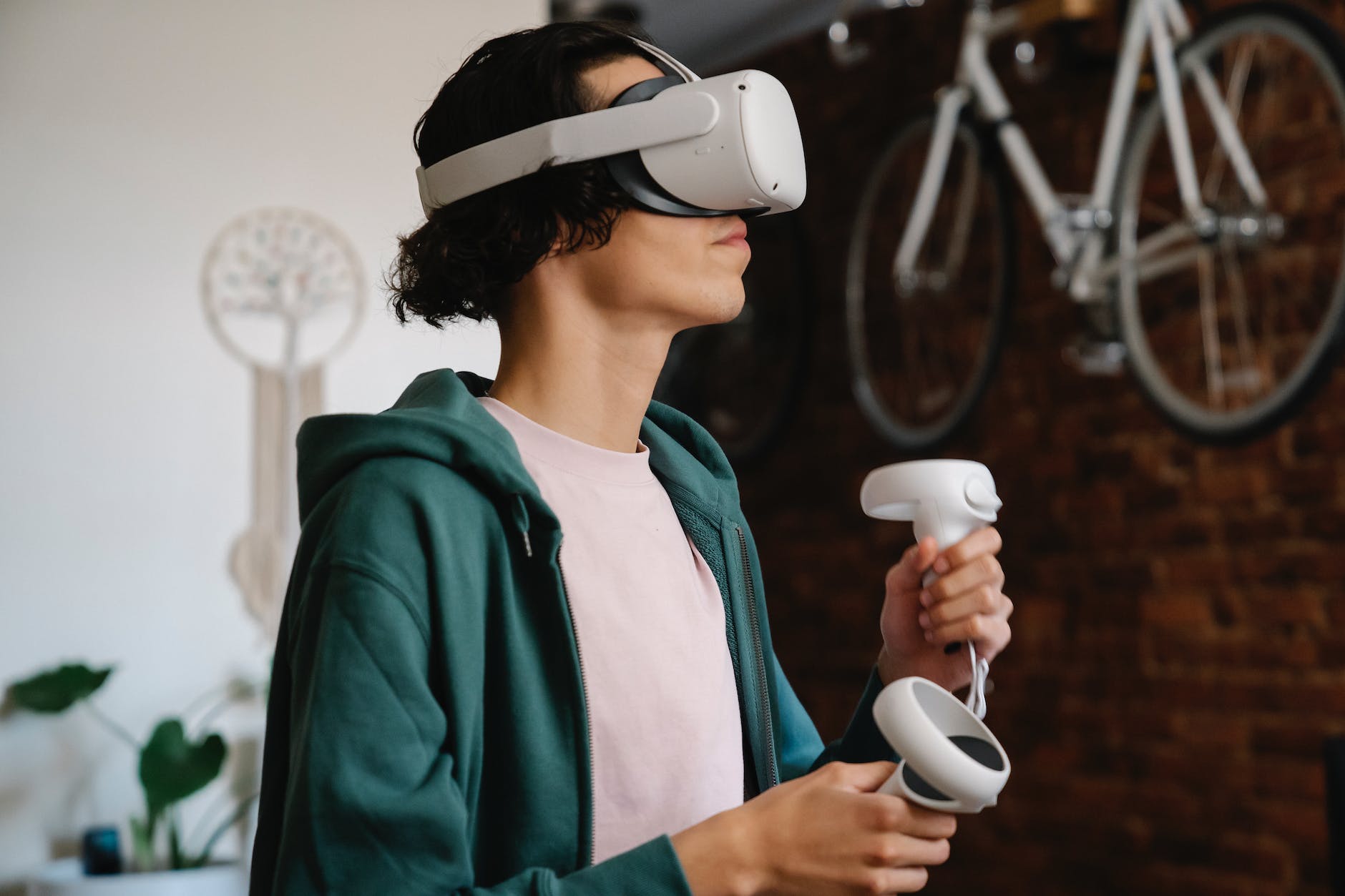In the world of neuroscience, the impact of psychedelics on neural pathways and synaptic connections is a topic that has ignited both curiosity and controversy. While their reputation includes elements of taboo and the counterculture movement of the 60s, research continues to delve into the understanding of how these substances can alter perception and consciousness.
Psychedelics, such as LSD, psilocybin (magic mushrooms), and DMT, among others, have a pronounced impact on the brain. These substances initiate an influx of neurotransmitters, most notably serotonin, which can result in a broad spectrum of altered states.
Neurons in our brains communicate through neurotransmitters—their chemical messengers. Serotonin, specifically, regulates various key functions, including mood, appetite, and sleep.Serotonin also plays a critical role in how psychedelics interact with the brain.
By mimicking serotonin, psychedelics can bind to several types of serotonin receptors. LSD and psilocybin, for instance, have a high affinity for the serotonin 2A receptor (5-HT2A). This interaction leads to a cascade of effects, ramping up brain activities and disrupting the regular rhythm of serotonin release. Experiments suggest that this could potentially create an environment where new neural pathways can form—a state known as neuroplasticity.
Neuroplasticity is the brain’s ability to reorganize itself, forming new neural connections throughout life. This process allows the neurons (nerve cells) in the brain to compensate for injury and disease and to adjust their activities in response to new situations or changes in their environment. Neural pathways can potentially be rewired under the effect of psychedelics, which make neurons more likely to branch out and connect, thus increasing synaptic connections.
Moreover, research has shown that psychedelics massively increase connectivity across different regions in the brain. Brain imaging studies have demonstrated that, under the effects of psilocybin, the brain synchronizes activity among areas that would not usually communicate. This hyper-connected state might explain the often-reported dissolution of self or ‘ego-death’, one of the key aspects of a psychedelic experience.
Such altered states of perception and consciousness can alter temporal cognition—altering one’s sense of time, induce synesthesia—blending senses in unusual ways, and generate introspective states, like the content of subconscious and memories surfacing. Regular users often report these introspective experiences to be life-changing, leading to the exploration of therapeutic potentials of psychedelics.
A major concern that often arises is the long-term effects of using psychedelics. Chronic effects are a subject of ongoing research, and no consensus has yet been reached. It’s critical to remember that while psychedelics could potentially facilitate neuroplasticity and connectivity, they can also disrupt the equilibrium that the brain maintains. Prolonged use could lead to various psychological conditions, including persisting perception disorder (HPPD) and psychedelic-induced psychosis.
In conclusion, the intersection of psychedelics and neurobiology is a fascinating field of ongoing exploration. The interaction of these compounds with neurotransmitters like serotonin and the impact on neural pathways and synaptic connections can result in profound alterations in perception and consciousness. However, more research and regulated clinical trials are required to fully understand their therapeutic potentials and the associated risks. It’s crucial to approach this issue with the necessary caution and skepticism, ensuring that we continue to honor the complexity and resilience of the human brain.
Sources:
1. Thurley, K., Senn, W., & Lüscher, H.R. (2008). Dopamine Increases the Gain of the Input-Output Response of Rat Prefrontal Pyramidal Neurons. The Journal of Neuroscience.
2. Burnett, S., Sebastian, A., Cohen Kadosh, K., & Blakemore, S.J. (2011). The social brain in adolescence: Evidence from functional magnetic resonance imaging and behavioural studies. Neuroscience & Biobehavioral Reviews.
3. Brain on Acid by Clare Wilson, New Scientist.








